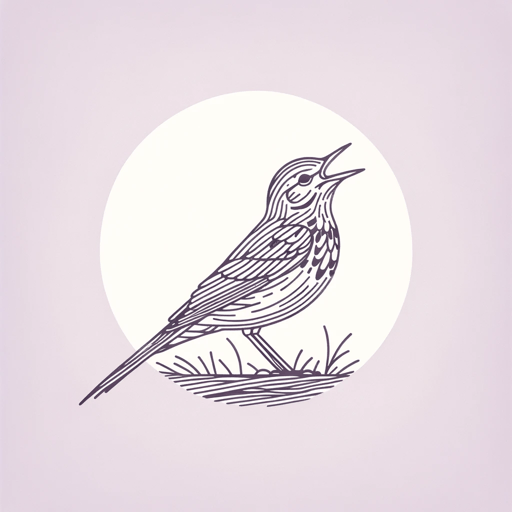19 pages • 38 minutes read
Percy Bysshe ShelleyTo a Skylark
Fiction | Poem | Adult | Published in 1820A modern alternative to SparkNotes and CliffsNotes, SuperSummary offers high-quality Study Guides with detailed chapter summaries and analysis of major themes, characters, and more.
Poem Analysis
Analysis: “To a Skylark”
“To a Skylark” is an ode with 105 lines. There are 21 stanzas, each containing five lines with the rhyme scheme ABABB.
In the first stanza, the speaker—who can be read as Shelley himself—addresses a skylark. This address is a kind of apostrophe: The speaker hails an animal that cannot reply and probably does not see him. Furthermore, he addresses the “blithe Spirit” (Line 1), or indifferent spirit, of the skylark, rather than just a “Bird” (Line 2). The spirit is “from Heaven” (Line 3), or nearby. In other words, the skylark is a representation of the divine in nature—a central theme of the poem. The speaker focuses on the skylark’s song, which is both “unpremeditated” (Line 5), or spontaneous, and from the “heart” (Line 4). These qualities are also important in the work of the poet, which is another theme of the poem.
In the second stanza, the speaker connects the skylark’s flight with its song. The skylark rises from “the earth” (Line 7), ascending higher “and higher” (Line 6). In the first of many similes, this ascent is compared to fire moving upwards. Against the backdrop of the blue sky, the skylark is described as “singing still dost soar, and soaring ever singest [sic]” (Line 10).
Related Titles
By Percy Bysshe Shelley

A Defence of Poetry
Percy Bysshe Shelley
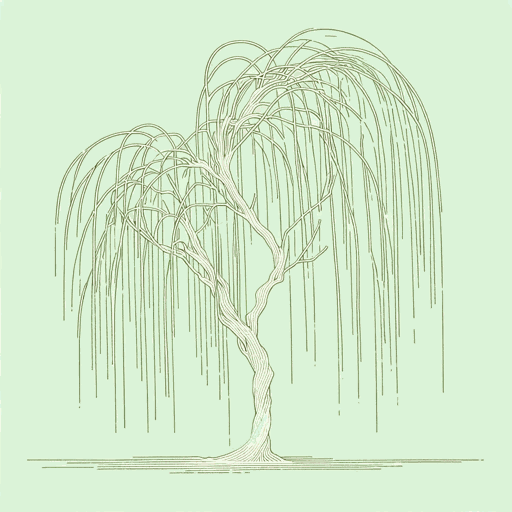
Adonais
Percy Bysshe Shelley

Alastor; or, The Spirit of Solitude
Percy Bysshe Shelley

Mont Blanc: Lines Written in the Vale of Chamouni
Percy Bysshe Shelley

Mutability
Percy Bysshe Shelley
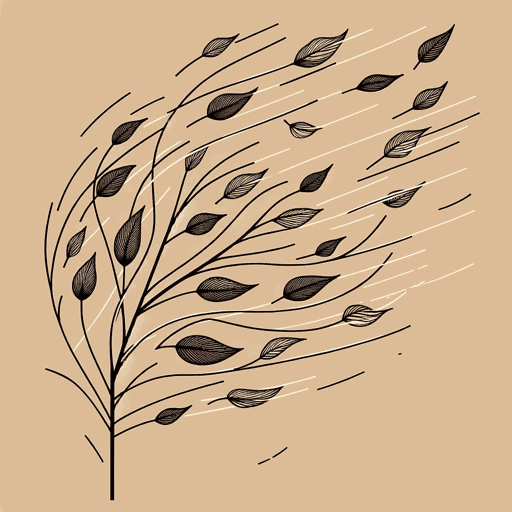
Ode to the West Wind
Percy Bysshe Shelley
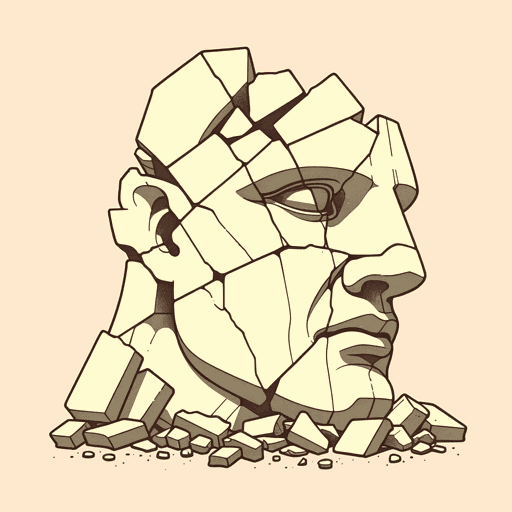
Ozymandias
Percy Bysshe Shelley

Prometheus Unbound
Percy Bysshe Shelley
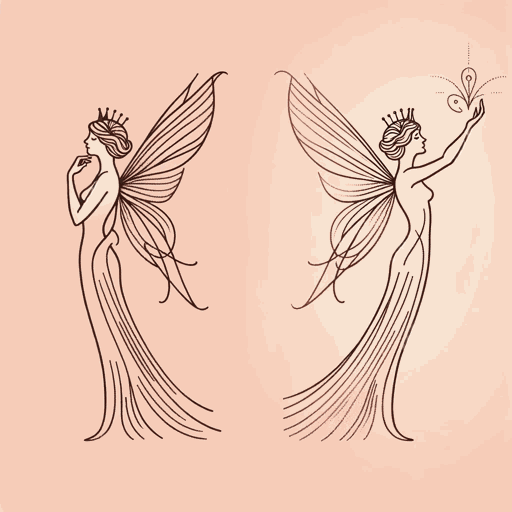
Queen Mab: A Philosophical Poem
Percy Bysshe Shelley

The Masque of Anarchy
Percy Bysshe Shelley

The Triumph of Life
Percy Bysshe Shelley
